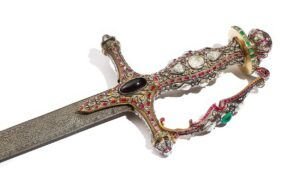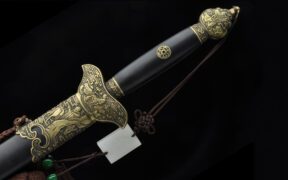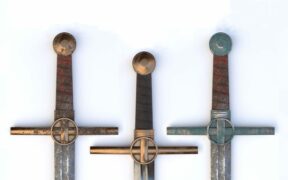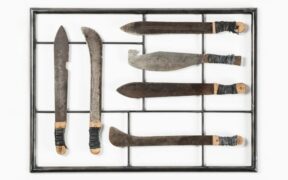Our content features commercial links to our products, committed to transparent, unbiased, and informed editorial recommendations. Learn More
Masonic Swords in Freemasonry: Characteristics and Meaning
NO AI USED This Article has been written and edited by our team with no help of the AI
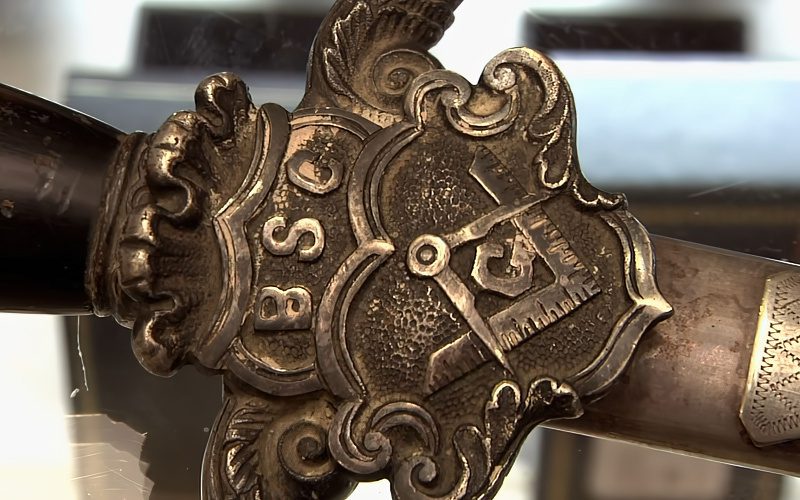
The Masonic Sword is the most important symbolic and ceremonial instrument for members of the Freemason organization. It is a grand, beautiful, highly decorated double-edged weapon that is shrouded in mystery and secrecy.
In this article, we will discuss the sword of the Freemasons. We shall go over its many unique characteristics and uses. Then we shall explain its history, how valuable it is, and how it compares to a Templar Knight’s Sword.
What is Freemasonry?
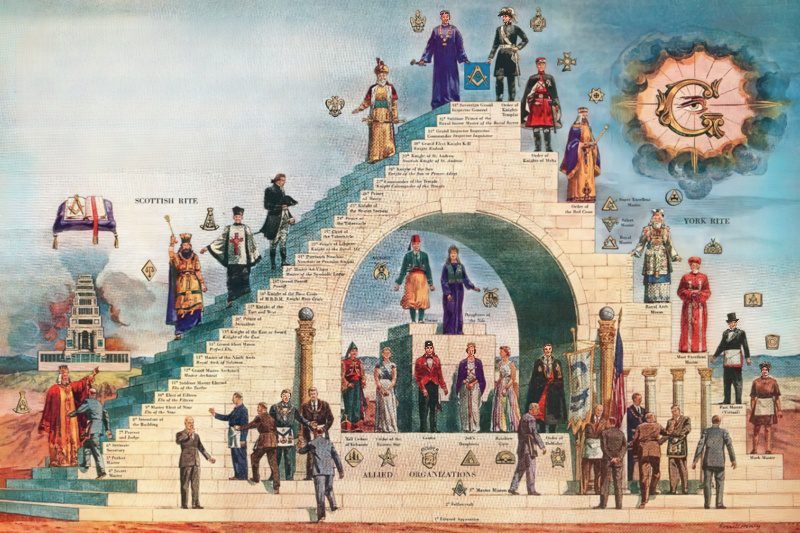
Freemasonry, or the Freemason Society, is a charitable institution that aims to reach an understanding of truth through the study of morality and the discipline of solidarity. It works toward the moral and material improvement of human civilization. It is compatible with any esoteric or religious faith that does not forbid the freedom of individuals.
Freemasonry was founded in 1717 in England and today is headquartered in the United States. Freemasonry is an organization that emphasizes the importance of an individual’s own personal growth and development. Its roots may be traced all the way back to the masons and architects of the Middle Ages and is commonly linked to tons of conspiracy theories.
Swords have been used from the dawn of time for either great bloodshed or as an instrument and tool of equality, strength, truth, and justice. These are the elements that the Masonic sword represents today, and they play a big role in ceremonies held by the Freemasonry.
Characteristics of the Masonic Sword
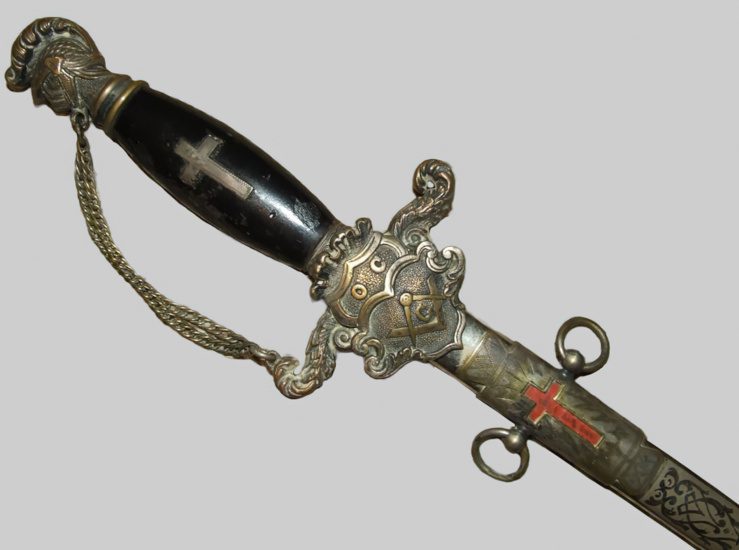
When you first see a Masonic sword, the most distinct feature you may notice is the many ornate decorations added to it. These decorations, as well as the symbols, are the Masonic Sword’s most distinguishable characteristics.
Other than that, the Masonic Sword does not have an exact proper form or shape resembling any type of sword. The most commonly used forms are, of course, the medieval swords used by the Christians for the crusades. Those swords were usually either long swords, short swords, or even daggers at times. You would be hard-pressed to find, say, a Masonic Katana.
Symbols
The most important thing and the biggest characteristic that distinguishes the Masonic sword from other swords are its symbols. The number of symbols can vary depending on who makes the sword, but it is crucial that the following 3 symbols be engraved and placed on the sword.
- A Square – The square symbolizes the Earth and things of the Earth as well as integrity, honor, truthfulness, and other things that we should use to relate to the people of this world and the world itself
- Compass – A compass symbolizes the spirit and the well-developed spiritual life that we should strive for with self-control
- The Letter G – The letter G stands for geometry, science, and God, who must always be placed in the center of everything
Other than these Masonic symbols, the Masonic sword will most likely also have the Masonic cross, knight’s head pommel, and crown emblem.
Sometimes you will find that the red cross of the Templar Order might be added to Masonic swords. This isn’t unusual to find on Masonic swords, but it isn’t at all required.
Blade
The blade of the Masonic sword is usually double-edged, meaning it has sharpened edges on each side. While most Masonic swords are straight, some have flaming-style blades. Flaming swords are swords that have a curve in the blade, almost like a wave that moves back and forth.
The Masonic sword’s blade can be made from stainless steel and sharpened to be ready for use, but most of the time, the Masonic sword isn’t sharpened at all since it is primarily a ceremonial sword. The most important thing about its blade is the Masonic symbols that are engraved or added onto it.
Since the shape of the Masonic sword can vary, the blade length can also vary. The usual length of the blade for the Masonic sword can be anywhere from 11 to 41 inches long (30 to 105 cm).
Guard
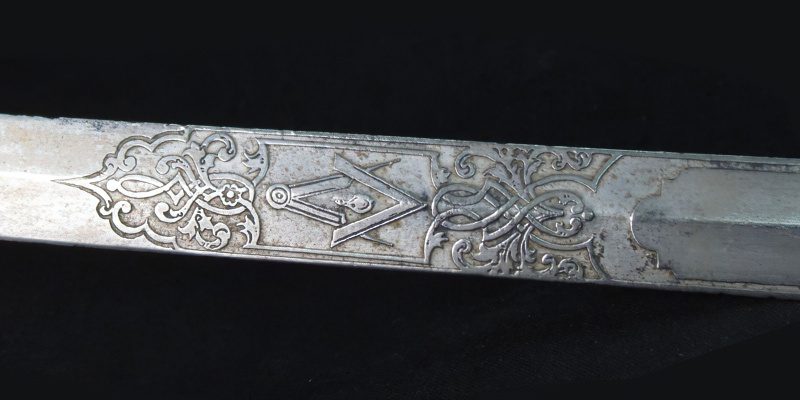
The guard of the Masonic Sword is a crucifix-style guard with two quillons on each side. These guards can be stylized with different types of metal or colors – with Masonic symbols engraved or added, of course.
With that said, it can come in all different shapes and sizes. There is even a skull and cross-bone style hilt too. The most important thing about the hilt on the Masonic sword is the symbols.
Handle
The handle of the Masonic sword is straight and usually decorated with some sort of Masonic symbol or the Christian cross. The handle’s length can vary depending on the size and shape of the sword. The pommel on the handle is usually a knight’s helmet but can vary too.
Scabbard
Since it’s a ceremonial sword, it will be sheathed for longer periods of time, which resulted in grand decorations all over the scabbard of the Masonic sword. It can be inscribed with all sorts of symbols and crosses stretching from the bottom to the very top.
Sometimes you can find it in different colors or even gilded in gold. It doesn’t necessarily have to have a black scabbard or even a red scabbard, as some would think. Sometimes the name of the Freemason that owns the sword can be added to the scabbard too.
Length & Size
There is no real standard for the correct length and size of the Masonic sword since it can be anything from a two-handed long sword to a Masonic dagger. However, you will commonly find Masonic swords around 15 to 49 inches long (38 to 125 cm).
Weight
The Masonic sword can be slightly heavier than a normal-looking sword mainly because of the decorations end engravings that are added to it. The weight will also vary depending on the style of the sword too. The average weight of the Masonic sword ranges from 2.2 to 5.5 lbs (1 to 2.5 kg).
Uses of the Masonic Sword
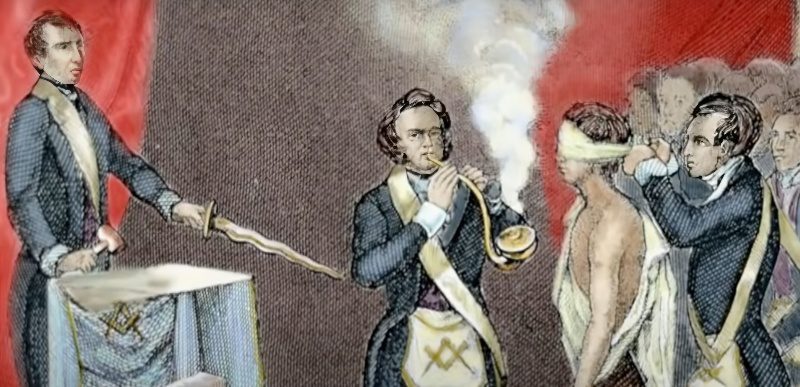
The Masonic sword is considered to be a ceremonial sword only and was never really used for battle or warfare. The decorations and fancy engravings show how important the sword was for ceremonies. It was held with one or two hands, depending on the size.
Symbolic & Ceremonial
The biggest symbol of Freemasonry is the Masonic Sword. These weapons were never used in war and were only ceremonial pieces. They’re still used to this very day in Freemasonry.
They can also be seen in many LARP events, and it is very common for a Freemason to own a Masonic sword. It is a tradition that Freemasons don’t want to be forgotten.
Spiritual
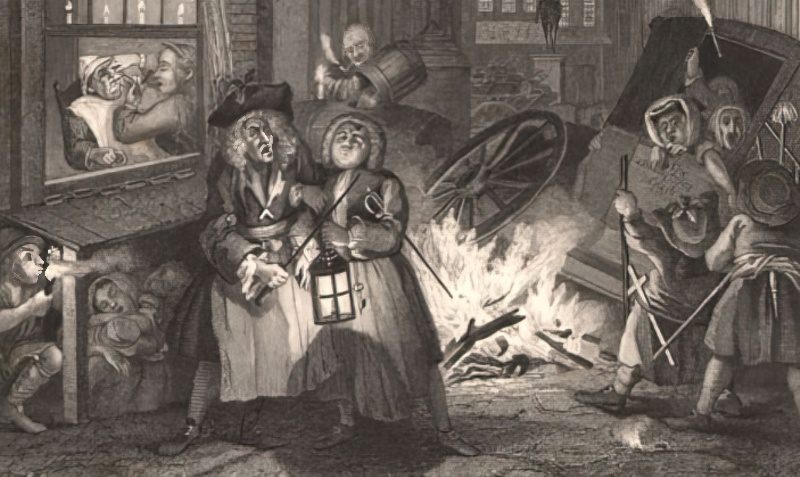
There are ranks that a person can advance through in Freemasonry. When someone does advance to a higher rank, they’re often promoted in a ceremony involving a Masonic sword. The Masonic sword gives the ceremony a sort of spiritual energy.
As seekers of knowledge, the Masonic sword can also also be given from one member to another. They’re commonly passed from family member to family member, giving a much stronger spiritual connection.
Protective
Whenever a Mason meeting or a ceremony occurs, a guard stands near or even outside the building where his brothers are. This entrance protector is known as a Tyler and always has a Masonic Sword in his hands. His mission and task are to steer away the Cowans or any non-Freemasonry followers that wish to learn their secrets.
History of the Masonic Sword
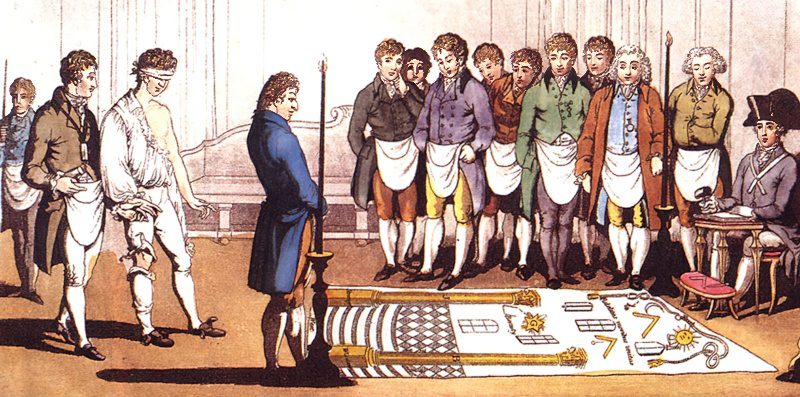
Going off of academic research, we can guess that Freemasonry was started in the early 1600s and then fully developed into the Freemasonry we know today in the year 1717. This is a period where swords shrunk in size and became known as the side sword. The rapier was commonly used during this period, especially by the nobility.
With the invention of firearms, swords would eventually lose their focus in warfare. With that, we can surely say that the Masonic sword was never intended as a weapon of war, nor was it used in battle. It was strictly a ceremonial sword, and there is almost no instance in history where a Masonic sword was used in battle.
The Masonic sword did play a very important role as a means of defense for meetings, a function that it still holds proudly today. The meetings were and are always protected from a ‘brother’ with a Masonic sword.
Even today, it is a very respected sword with deep traditions, and most of the people belonging to Freemasonry tend to own one. Some believe that even George Washington had a Masonic sword of his own.
Is the Masonic Sword a Knights Templar Sword?
There is a lot of confusion in both the present and the past about whether Masonic swords are actual Knight Templar Swords used in their crusades and orders. To save you a Google search and lots of reading – Masonic swords aren’t Knights Templar Swords.
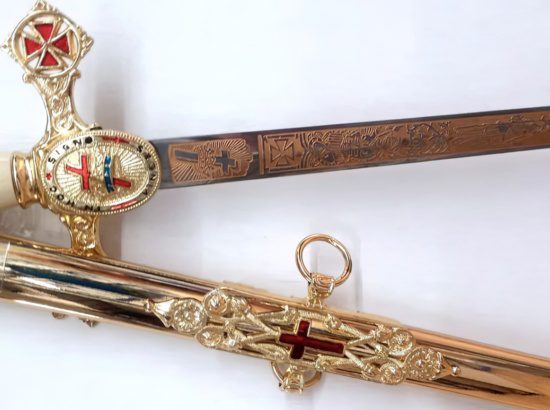
The Knights Templar was an organization of monks or knights that were highly active during the time of the Crusades. In the year 1118, the Knights Templar evolved into very skilled, warring soldiers with their own unique sets of swords.
The Knights Templar didn’t use swords that were heavily ornate like the Masonic swords we see today. These Templar swords were created as an evolution or progression of the Viking swords. A highly skilled smith melded various iron alloys together to make very hard blades that featured some surface discoloration. They have a crucifix guard and cross in the middle – without any ornate decorations like Masonic swords.
The Masonic sword, on the other hand, is strictly for ceremonial use. The Masonic swords are decorative swords and only vaguely resemble the Templar swords.
How is the Masonic Sword Valued?

A Masonic sword today can be very valuable. There are two things to consider in order to value a Masonic sword properly.
The first factor that is the most important for a Masonic Sword is its age. The age of the sword will directly affect its value. A historic sword from the 1700s will be worth more than a Masonic sword made yesterday.
The other thing to consider is the sword’s history. Since Masonic ceremonial swords are very rare, owning one that was used by a member of the high nobility or another notable person in history will increase the value greatly.
Conclusion
The Masonic sword still plays an important ceremonial role and is often decorated with various Freemason symbols. While it might be hard to find a genuine Masonic sword today, they are out there. Any sword enthusiast would be glad to have one, as it would surely be the most prized piece in their collection.
